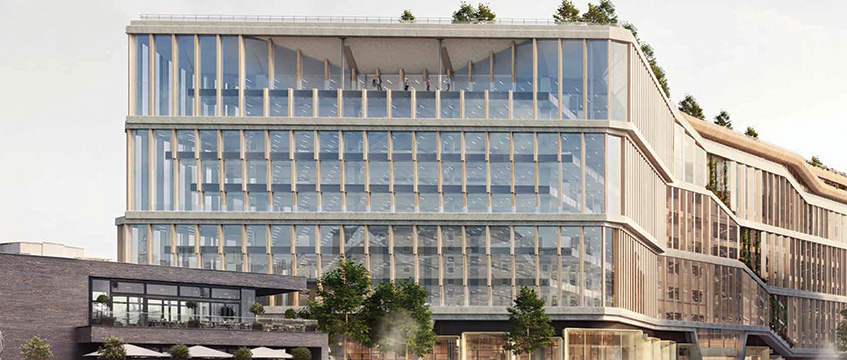COMMENT The Covid pandemic has placed a renewed focus on the impact of business and commercial operations on the environment. This has led to the acceleration of environmental, social and governance activity as businesses begin to address global goals, targets and regulations with regard to the role of real estate and carbon emissions.
Julie Hirigoyen, chief executive of the UK Green Building Council, has emphasised that the built environment has a critical role to play in mitigating climate change through nature-based solutions and is central to building resilience against climatic extremes too late to avoid. She adds that it is key to the aspiration of “building back better” within a post-Covid world.
While immediate success in mitigating impacts can be found in the plant room, it is vital for businesses to establish clarity on their ESG and environmental data. If you do not understand current emissions or what good data quality can support, you will be unable to measure ongoing reductions and, in turn, quantify the impact of any measures undertaken with any conviction.
The growing acceptance of the term ”net zero” is driving a new convergence between landlords and occupiers. The impetus is no longer solely on the owners of real estate, as occupiers increasingly recognise their decarbonisation strategies can only succeed if they collaborate in a joined-up approach with landlords.
Critical role
Property managers have a critical role and are increasingly required to provide client guidance and advisory services to educate businesses on how to measure their impact against climate risk, in accordance with the recommendations of the Task Force on Climate-related Financial Disclosures.
Lenders and investors continue to track ESG metrics associated with real estate fund management and sustainability performance via the annual GRESB rating. Investors are now acutely aware of the risk of holding stranded assets – properties that will be increasingly exposed to the risk of early economic obsolescence owing to climate change because they will not meet future regulatory efficiency standards or market expectations. These buildings will become less marketable and may require costly refurbishment measures.
The Google effect
A great example of landlords and tenants working together is at Google’s new offices at Pancras Square in King’s Cross (pictured), N1, managed by BNP Paribas Real Estate. Google’s strategy to get the best out of the building from fit-out to occupation was achieved in alignment with the International Living Future Institute’s Zero Carbon Certification, which chimes with the aspirations of the landlord, AXA IM – Real Assets, which is now considering the In-Use certification scheme by BREEAM, following on from the BREEAM New Construction certification “excellent” rating achieved in 2015.
While the carbon emissions that come from heating, cooling and lighting a building are substantial, they can be reduced. Much harder to tackle is embedded carbon. Commercial premises tend to be built from concrete, steel and glass, all of which require massive amounts of energy in their manufacture. So far, the construction industry is struggling to come up with readily available alternative materials at the scale required. But the outlook here is promising as government, investors, landlords and occupiers are liaising more than ever with net zero at the top of the agenda.
At the same time, the imperative to demolish buildings as they reach the end of their useful lives and replace them with new structures has never been greater – new buildings are much better equipped to meet new in-use environmental standards. British Land has attempted to resolve this issue at Broadgate in the City of London by repurposing the structural frame of an obsolete building to support a new building that meets the latest standards.
From the inside, out
After the immediate energy-related issues have been tackled, changing the impact of buildings on the environment is often about changing the behaviour of the people inside those buildings. Everything from the way people travel to work to the food they eat while at work and the packaging it arrives in has a carbon impact that can be measured and reduced.
Clearly ESG has expanded into areas it would not have touched previously. And like health and safety, it is no longer up for discussion. It needs to be embedded within every part of a business’s processes if it is to avoid reputational and financial risk. That means it is no longer something that one person – at whatever level of the business – can take on.
The appetite for net zero is higher than ever, but starting out on the journey is not easy. If I had one final piece of advice for a business, it would be: ensure that you connect yourself to experts and get the right advice.
Jonathan Hale is sustainability director at BNP Paribas Real Estate











